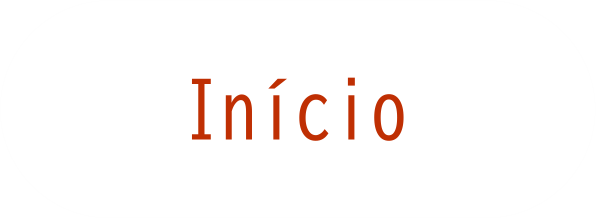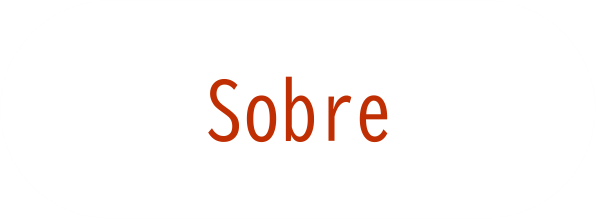Emerging infectious disease (EID) communication during the 2009 H1N1 influenza outbreak: Literature review (2009-2013) of the methodology used for EID communication analysis
Autor(es): Gesser-Edelsburg Anat, Stolero Nathan, Mordini Emilio, Billingsley Matthew, James James J, Green Manfred S
Resumo: This year alone has seen outbreaks of epidemics such as Ebola, Chikungunya, - many other emerging infectious diseases (EIDs). We must look to the responses of recent outbreaks to help guide our strategies in current - future outbreaks or we risk repeating the same mistakes. The objective of this paper was to conduct a systematic literature review of the methodology used by studies that examined EID communication during the 2009 H1N1 p-emic outbreak through different communication channels or by analyzing contents - strategies. This was a systematic review of the literature (n=61) studying risk communication strategies of H1N1 influenza, published between 2009 - 2013, - retrieved from searches of computerized databases, h- searches, - authoritative texts by use of specific search criteria. Searches were followed by review, categorization, - mixed qualitative - quantitative content analysis. Of 41 articles that used quantitative methods, most used surveys (n=35); some employed content analyses (n=4) - controlled trials (n=2). The 16 articles that employed qualitative methods relied on content analyses (n=10), semi-structured interviews (n=2) - focus groups (n=4). Four more articles used mixed-methods or nonst-ard methods. Seven different topic categories were found: risk perception - effects on behaviors, framing the risk in the media, public concerns, trust, optimistic bias, uncertainty, - evaluating risk communication. Up until 2013, studies tended to be descriptive - quantitative rather than discursive - qualitative - to focus on the role of the media as representing information - not as a medium for actual communication with the public. Several studies from 2012, - increasingly more in 2013, addressed issues of discourse - framing - the complexity of risk communication with the public. Formative evaluations that use recommendations from past research when designing communication campaigns from the first stages of crises are recommended. Research should employ diverse triangulation processes based on representatives from different stakeholders. Further studies should address the potential offered by social media to create dialogue with individuals - the public at large.
Palavras-Chave: Risk communication; H1N1 pandemic outbreak; Influenza; Framing risk; Literature review
Imprenta: Disaster Medicine and Public health Preparedness, v. 9, n. 2, p. 199-206, 2015
Identificador do Objeto Digital: 10.1017/dmp.2014.126
Descritores: Chikungunya virus - Infectious diseases ; Chikungunya virus - Viral infections ; Chikungunya Virus - Virus ; Chikungunya virus - Epidemic ; Chikungunya virus - Public health
Data de Publicação: 2015








